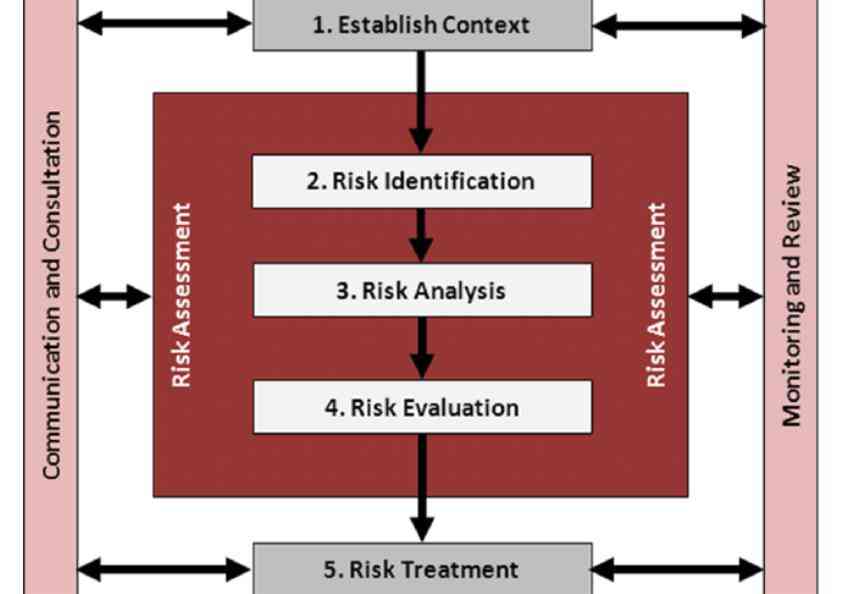|
IS0
I N T E R N AT I ON A L O R G A N IZ AT 1 O N FOR S TA N DARD 1 ZATl O N
IS0 RECOMMENDATION
R 712
CEREALS AND CEREAL PRODUCTS
DETERMINATION OF MOISTURE CONTENT
(Routine method)
1 st EDITION
April 1968
COPYRIGHT RESERVED
The copyright of IS0 Recommendations and IS0 Standards
belongs to IS0 Member Bodies. Reproduction of these
documents, in any country, may be authorized therefore only
by the national standards organization of that country, being
a member of ISO.
For each individual country the only valid standard is the national standard of that country.
Printed in Switzerland
Also issued in French and Russian. Copies to be obtained through the national standards organizations.
---------------------- Page: 1 ----------------------
BRIEF HISTORY
The IS0 Recommendation R 712, Cereals and cereal products - Determination of moisture
content. (Routine method), was drawn up by Technical Committee ISOlTC 34, Agricultural food
products, the Secretariat of which is held by the Magyar Szabvanyügyi Hivatal (MSZH).
Work on this question by the Technical Committee began in 1963 and led, in 1965, to the
W
adoption of a Draft IS0 Recommendation.
In March 1966, this Draft IS0 Recommendation (No. 909) was circulated to all the IS0 Member
Bodies for enquiry. It was approved, subject to a few modifications of an editorial nature, by the
following Member Bodies :
Australia Hungary Romania
Belgium India South Africa,
Iran Rep. of
Bulgaria
Chile Israel U.A.R.
Colombia Netherlands United Kingdom
Czechoslovakia New Zealand U.S.S.R.
Finland Normay Yugoslavia
France Poland
Germany Portugal
One Member Body opposed the approval of the Draft :
Ireland
The Draft IS0 Recommendation was then submitted by correspondence to the IS0 Council
which decided, in April 1968, to accept it as an IS0 RECOMMENDATION.
-2-
---------------------- Page: 2 ----------------------
ISO/R 712 -1968 (E)
IS0 Recommendation R 712 April 1968
CEREALS AND CEREAL PRODUCTS
ON OF MOISTURE CONTENT
DETE R M I NAT
(Routine method)
1. SCOPE
1.1 This IS0 Recommendation describes a routine method for the determination of the moisture
content of cereals and cereal products. *
1.2 Field of application
c
This method is applicable in particular to wheat, rice (dehulled paddy) and barley, in the state
of grain, milled grain, semolina and flour.
The results are not regarded as satisfactory if the method is applied to malting barley.
NOTE. - For simplicity, in the following sections the term product is used to designate either a cereal or a
cereal product.
2. DEFINITION
The moistureconlent is defined as the loss in mass, expressed as a percentage of the mass of the
original sample, undergone by the product under the conditions specified in this IS0 Recommendation.
3. PRINCIPLE
Determination of the loss in mass of the test portion by drying at a temperature of 130 to 133 OC,
under strictly defmed conditions which enable a result to be obtained in agreement with the result
obtained by the basic reference method (IS0 Recommendation R 7 1 1, Cereals and cereal products -
L
Determination of moisture content (Basic reference method).
4. APPARATUS
4.1 Analytical balance.
This IS0 Recommendation does not override methods prescribed by recognized trade associations for use in
contracts under their auspices.
-3-
---------------------- Page: 3 ----------------------
ISO/R 712-1968 (E
4.2 Grinding mill
- made of material which does not absorb moisture,
- easy to clean and having as little dead space as possible,
enabling grinding to be carried out rapidly and uniformly, without appreciable
development of heat and, as far as possible, without contact with the outside air,
- adjustable so as to obtain particles of dimensions indicated in clause 5.1.1.
4.3 Dish of non-corrodible metal or, failing this, of glass, with a sufficiently tight-fitting lid, the
effective surface enabling the test portion to be distributed so as to give not more than
0.3 gicm’.
4.4 Constant-temperature oven, electrically heated, controlled in such a way that the temperature
of the air and of the shelves carrying the test portions is within the range 130 to 133 OC, in the
neighbourhood of the test portions, in normal working.
The oven should have a heat capacity such that, when initially adjusted to a temperature of
131 OC, it can again reach this temperature in less than 45 minutes (preferably in less than
30 minutes) after inserting the maximum number of test portions that can be dried simul-
taneously.
The effectiveness of the ventilation is determined by means of durum wheat semolina, with
a maximum particle size of 1 mm, as the test substance. The ventilation should be such that
when all the test portions that the oven can hold are dried simultaneously at a temperature of
130 to 133 OC, the results after heating periods of 2 hours and 3 hours will not differ by more
than O. 15 g of moisture per 100 g of sample.
4.5 Desiccator, with a thick perforated plate of metal or, failing this, of porcelain, containing pure
phosphorus pentoxide (Pz O,) of analytical grade or anhydrous calcium sulphate (CaSO,)
granulated and impregnated with cobalt chloride as indicator, or any other effective desiccant.
5. PROCEDURE
Carry out weighings to the nearest 0.0001 g.
5.1 Preparation of sample
5.1.1 Products not requiring to be ground
Products having particles of sizes below or equal to 1.7 mm, less than 10 by mass being
over 1 mm and more than 50
by mass being less than 0.5 mm, do not need to be ground
before the determination.
I
-4-
--
...














